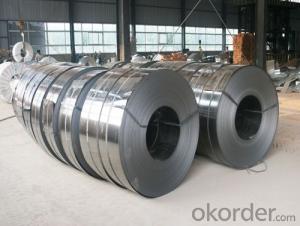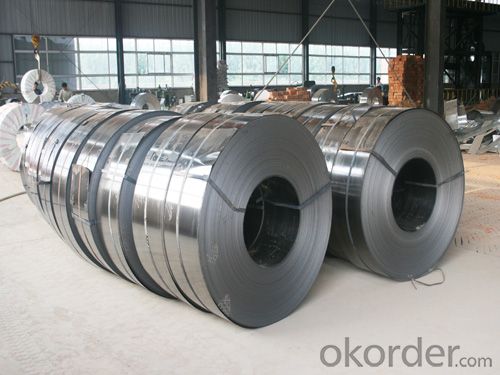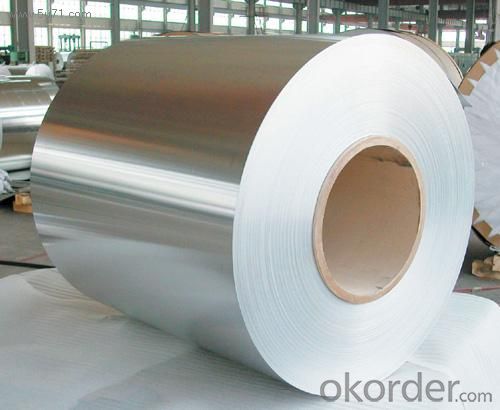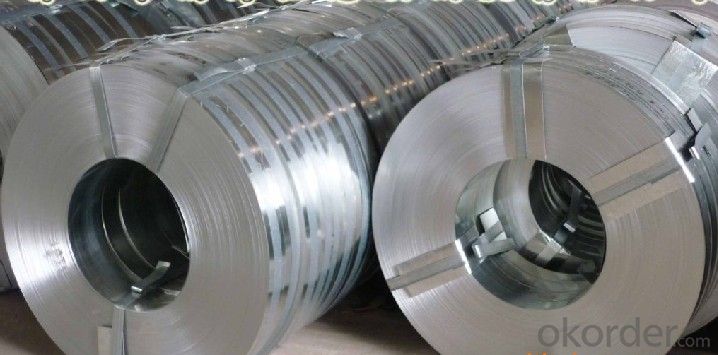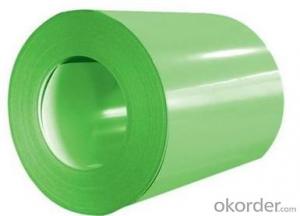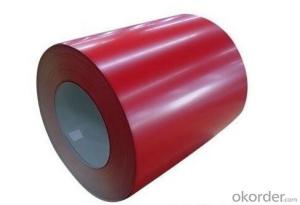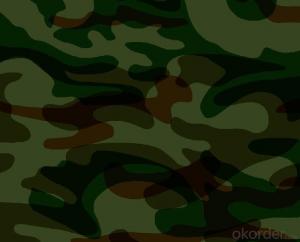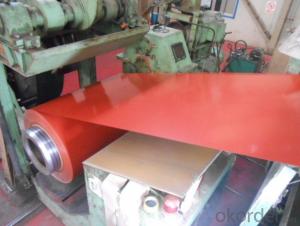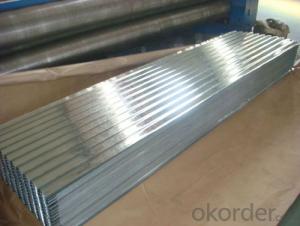Pre-Painted Galvanized/Aluzinc Steel Coil Good Price in China
- Loading Port:
- China main port
- Payment Terms:
- TT OR LC
- Min Order Qty:
- 50 m.t.
- Supply Capability:
- 10000 m.t./month
OKorder Service Pledge
OKorder Financial Service
You Might Also Like
Pre-Painted Galvanized/Aluzinc Steel Coil Good Price in China
1. Hot-Dip Galvanized Steel Sheet Description:
Hot-dip galvanized steel coils are available with a pure zinc coating through the hot-dip galvanizing process. It offers the economy, strength and formability of steel combined with the corrosion resistance of zinc. The hot-dip process is the process by which steel gets coated in layers of zinc to protect against rust. It is especially useful for countless outdoor and industrial applications. Production of cold formed corrugated sheets and profiles for roofing, cladding, decking, tiles, sandwich walls.
2.Main Features of the Hot-Dip Galvanized Steel Sheet:
• Excellent process capability
• Smooth and flat surface
• Workability, durability
• High strength
• Good visual effect
3.Hot-Dip Galvanized Steel Sheet Images
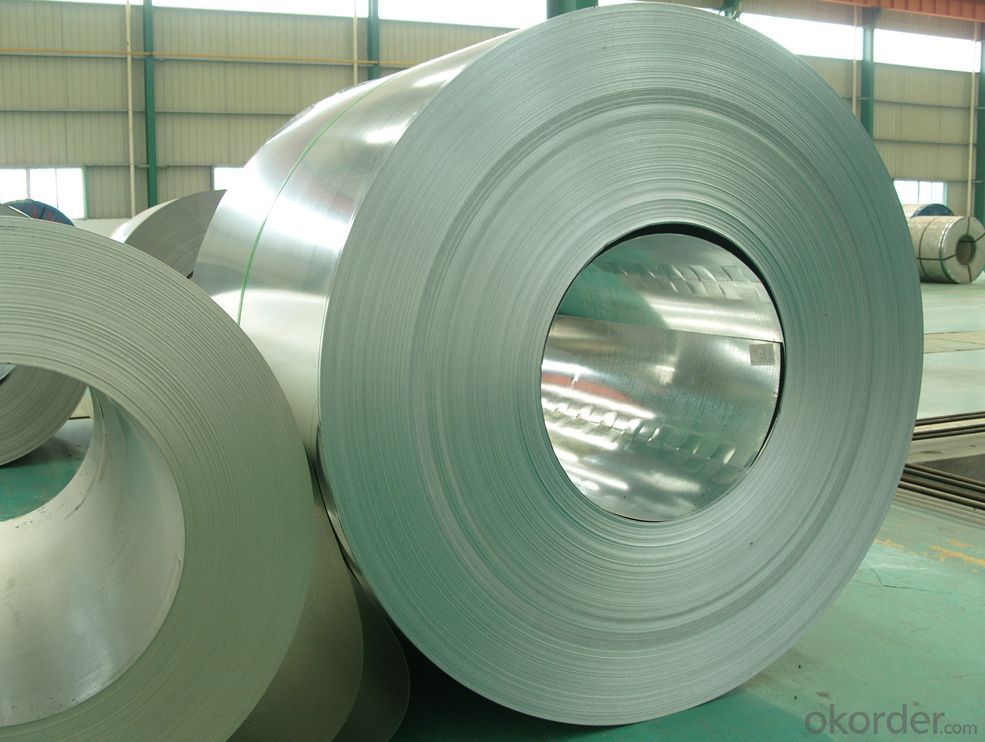
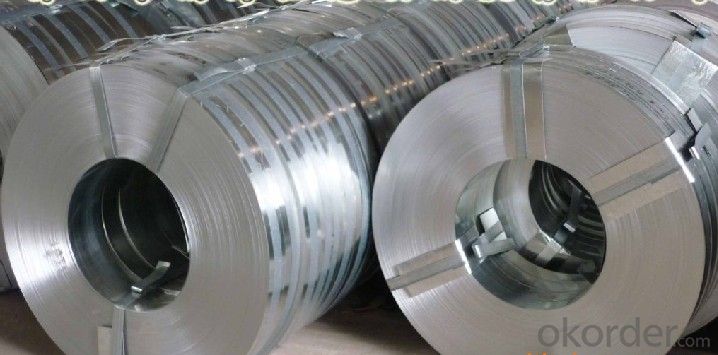
4.Hot-Dip Galvanized Steel Sheet Specification
Standard: ASTM, JIS,EN
Grade: CS, DX51D+Z,SGCC, SS 230~550,S220GD+Z~S550GD+Z, SGC340~SGC570
Thickness: 0.18mm~5mm
Width: max 2000mm
Coil weight:3-12 MT
Coil ID:508/610mm
Surface structure: zero spangle, regular spangle or minimum spangle
5.FAQ of Hot-Dip Galvanized Steel Sheet
We have organized several common questions for our clients,may help you sincerely:
1.How to guarantee the quality of the products?
We have established the international advanced quality management system,every link from raw material to final product we have strict quality test.
2. How long can we receive the product after purchase?
Usually within thirty working days after receiving buyer’s advance payment or LC. We will arrange the factory manufacturing as soon as possible. The cargo readiness usually takes 15-30 days, but the shipment will depend on the vessel situation.
- Q: I'm looking to buy the Milano Stiletto, and it uses 1045 steel. I was just wondering whether this will hold up and keep an edge.
- Unfortunately, okorder /
- Q: What are the different types of steel alloys used in coil manufacturing?
- There are several types of steel alloys used in coil manufacturing, including carbon steel, stainless steel, and high-strength low-alloy (HSLA) steel. Each alloy has different characteristics and properties that make it suitable for specific applications in coil manufacturing. Carbon steel is commonly used for general-purpose coils due to its affordability and versatility. Stainless steel is preferred for its corrosion resistance and aesthetic appeal, making it suitable for applications that require durability and a polished finish. HSLA steel, on the other hand, offers enhanced strength and toughness, making it ideal for demanding applications that require high performance and durability.
- Q: What are the dimensions of steel coils used in the agricultural structure industry?
- The dimensions of steel coils used in the agricultural structure industry can vary depending on the specific application and requirements. However, common dimensions range from 0.5mm to 3mm in thickness and 600mm to 1500mm in width.
- Q: How are steel coils used in the production of agricultural storage tanks?
- Steel coils are used in the production of agricultural storage tanks to create the structural framework and walls of the tanks. The coils are rolled and formed into the desired shape, providing strength and durability to store various agricultural materials such as grains, fertilizers, and liquids.
- Q: How are steel coils cut into smaller sizes?
- To achieve smaller sizes for steel coils, there are diverse methods available, which depend on the desired dimensions and quantities. One widely used technique is slitting, where the coil is passed through a set of circular blades that simultaneously make multiple cuts, resulting in narrower steel strips. Slitting is commonly employed to produce narrow coils or strips tailored for specific applications like automotive parts or electrical components. Another option is shearing, which entails cutting the coil into smaller lengths using a straight blade. This method is typically chosen when precise dimensions are necessary, such as in the manufacturing of flat sheets or plates. Shearing can be carried out manually or with automated machinery. Furthermore, laser or plasma cutting techniques can be employed for certain types of steel coils. These methods offer greater flexibility in terms of shape and size, enabling intricate cuts or contours to be created. Laser or plasma cutting is frequently utilized in construction or fabrication projects when specific shapes or profiles are required. In summary, cutting steel coils into smaller sizes involves a range of techniques, including slitting, shearing, laser cutting, or plasma cutting. The selection of the method depends on factors such as the desired dimensions, quantities, and specific requirements of the end product.
- Q: What are the different methods of leveling steel coils?
- There are several methods of leveling steel coils, including roller leveling, stretcher leveling, and tension leveling. Roller leveling uses a series of rollers to gradually bend the steel to achieve a flat surface. Stretcher leveling involves stretching the steel through hydraulic or mechanical means to remove any residual stresses and straighten it. Tension leveling applies tension to the steel coil while passing it through a series of rollers, effectively elongating the material to remove any waviness or curvature.
- Q: How are steel coils used in the manufacturing of industrial valves?
- Steel coils are used in the manufacturing of industrial valves as they provide the necessary raw material for creating valve bodies, stems, and other components. The coils are shaped, cut, and formed into different valve parts, ensuring strength and durability. These steel components are then assembled, welded, and machined to create fully functional industrial valves used in various applications such as oil and gas, chemical processing, and water treatment industries.
- Q: What is the purpose of coating steel coils?
- The purpose of coating steel coils is to provide a protective layer that prevents corrosion and enhances the durability and lifespan of the steel.
- Q: How are steel coils inspected for straightness using laser alignment?
- Steel coils are inspected for straightness using laser alignment through a precise and automated process. Laser alignment technology offers a non-contact method to measure the straightness of steel coils with high accuracy and efficiency. Firstly, the steel coil is placed on a conveyor system that moves it through the inspection area. As the coil passes through, a laser alignment system is set up to emit a laser beam across the width of the coil. This laser beam acts as a reference line for the straightness measurement. The laser alignment system consists of a laser emitter and a receiver unit. The emitter projects a laser beam that is perfectly straight and parallel to the desired alignment. The receiver unit, placed on the opposite side of the coil, captures the laser beam and analyzes its position. As the coil moves through the inspection area, the receiver unit determines the deviation of the laser beam from the desired straight line. This deviation is calculated by analyzing the position of the laser beam at multiple points along the coil's width. The laser alignment system is connected to a computerized control system that processes the data received from the receiver unit. The control system performs complex calculations to determine the straightness of the coil based on the laser beam's position. Any variations or deviations from the desired straight line are recorded and analyzed by the control system. The inspection data can be presented in real-time, allowing operators to monitor the straightness of the steel coil during the inspection process. Using laser alignment for steel coil inspection offers several advantages. It provides highly accurate measurements, ensuring that even minor deviations from straightness are detected. The non-contact nature of laser alignment eliminates the need for physical contact with the coil, reducing the risk of damage or contamination. Additionally, the automated process saves time and increases efficiency compared to manual inspection methods. Overall, laser alignment technology is a reliable and efficient method for inspecting the straightness of steel coils. It ensures that only coils meeting the required straightness criteria are passed, contributing to the quality control of steel manufacturing processes.
- Q: Question about steel type used in bridges.?
- It is used for other things besides bridges and that might be a bad use. Corten was used for very tall light standards in the Fort Worth Water Gardens with the clear understanding that it was to be kept dry. As time passed and personnel changed, somebody decided the round base with bolts sticking up was ugly and put dirt and plantings in the basin in the concrete holding the poles. The watering of the plants kept the rust going through the steel and one pole eventually fell, killing two people. The other light poles were removed.
Send your message to us
Pre-Painted Galvanized/Aluzinc Steel Coil Good Price in China
- Loading Port:
- China main port
- Payment Terms:
- TT OR LC
- Min Order Qty:
- 50 m.t.
- Supply Capability:
- 10000 m.t./month
OKorder Service Pledge
OKorder Financial Service
Similar products
Hot products
Hot Searches
Related keywords
